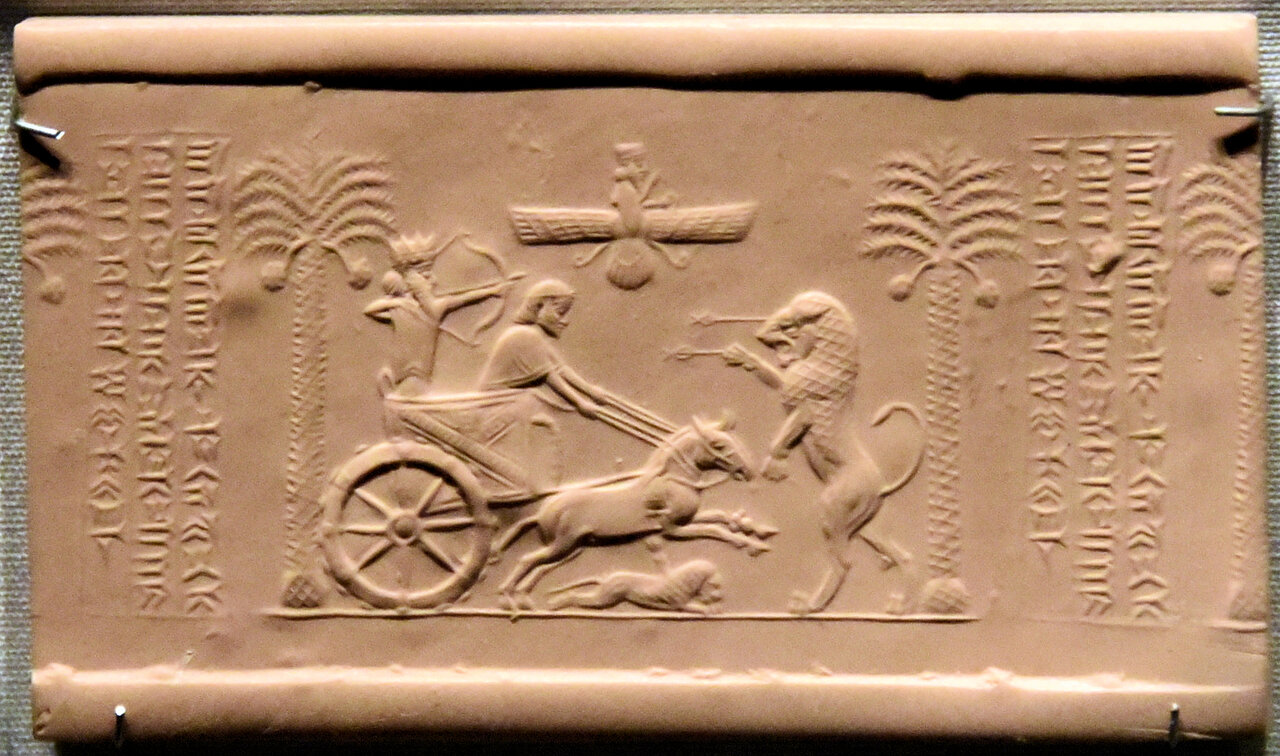The Achaemenid Empire: unprecedented in ancient world scale

TEHRAN - The Achaemenid Persian Empire stood as the most expansive empire of the ancient world, stretching from Anatolia and Egypt across Western Asia to Northern India and Central Asia.
The empire’s origin traces back to 550 BC, when King Astyages of Media, dominating much of Iran and eastern Anatolia (Turkey), was defeated by Cyrus II (“the Great”), the Persian king (r. 559–530 BC). This pivotal event, however, disrupted the power equilibrium in the Near East.
Following the fall of Media, the Lydians of Western Anatolia, under King Croesus, capitalized on the situation, pushing eastward and clashing with Persian forces.
Despite a temporary withdrawal of the Lydian army during the winter, the Persians persisted, ultimately besieging and conquering the Lydian capital at Sardis after a two-week siege. This victory posed new challenges as Cyrus found himself confronting major powers like Babylon and Egypt, which had alliances with the fallen Lydians.
In 539 BC, Persian forces triumphed over the Babylonian army at Opis, east of the Tigris. Cyrus adopted a traditional Mesopotamian monarch’s guise upon entering Babylon, engaging in acts of restoration like temple renovations and releasing political detainees.
Egypt remained the sole unconquered Western power in Cyrus’ swift campaigns; it fell to his son Cambyses in 525 BC after a ten-day siege of its ancient capital, Memphis.
A crisis at the court forced Cambyses to return to Persia, but he perished en route. This led to the emergence of Darius I (“the Great”) as the new king (r. 522–486 BC), who claimed descent from “Achaemenes,” as detailed in his inscriptions.
Under Darius’ rule, the empire stabilized, marked by the construction of communication roads and the establishment of a system of governors (satraps). Darius expanded the empire into northwestern India and initiated significant construction projects, including royal buildings at Susa and the establishment of Persepolis as the new dynastic center.
The adorned stone reliefs and carvings in Persepolis depicted tributes from diverse corners of the empire, presenting an image of a unified realm supported by its diverse peoples. Darius solidified Persia’s western conquests in the Aegean but faced challenges in 498 BC when the eastern Greek Ionian cities, partly supported by Athens, revolted. It took the Persians four years to quell the rebellion, and they faced a setback at Marathon in 490 BC when an attack on mainland Greece was repulsed.
Darius’ son, Xerxes (r. 486–465 BC), attempted to assert Persian dominance over mainland Greece but faced resistance from Sparta and Athens. His forces sacked Athens after defeating the Spartans at Thermopylae in 480 BC.
Nevertheless, the Greeks emerged victorious against the Persian navy at Salamis in 479 BC. Simultaneously, a significant revolt erupted in the strategically vital province of Babylonia, prompting Xerxes to depart Greece and suppress the rebellion. However, the Persian army left behind suffered defeat at the Battle of Plataea in 479 BC.
Most of our knowledge about Persian history stems from contemporary Greek sources and later classical writers. These sources predominantly focus on Persian-Greek relations, court intrigues, and moral tales of decadence and opulence. According to these accounts, Xerxes was assassinated and succeeded by his son, Artaxerxes I (r. 465–424 BC). His reign saw the suppression of revolts in Egypt and the establishment of garrisons in the Levant.
The empire remained relatively stable under Darius II (r. 423–405 BC), but Egypt claimed independence during the rule of Artaxerxes II (r. 405–359 BC). Although Artaxerxes II held the longest reign among the Persian kings, historical records about him remain scarce. Plutarch, writing in the early second century CE, portrayed him as a compassionate ruler and valiant warrior.
With Artaxerxes III (r. 358–338 BC), Egypt was reconquered, but his assassination led to the coronation of Artaxerxes IV (r. 338–336 BC), who met a similar fate. He was replaced by Darius III (r. 336–330 BC), a second cousin, who confronted Alexander III of Macedon (“the Great”).
Ultimately, Darius III fell to one of his own generals, allowing Alexander to claim the Persian empire. Despite Alexander’s conquests, the resistance encountered in every region he traversed highlighted the remarkable unity of the Persian empire, disputing notions of its alleged decay despite recurrent court intrigues.
Narratives say that Persepolis, the ceremonial capital of the Achaemenid Empire, was burnt by Alexander the Great in 330 BC apparently as revenge against the Persians, because it seems the Persian King Xerxes had burnt the Greek City of Athens around 150 years earlier.
AFM
Leave a Comment